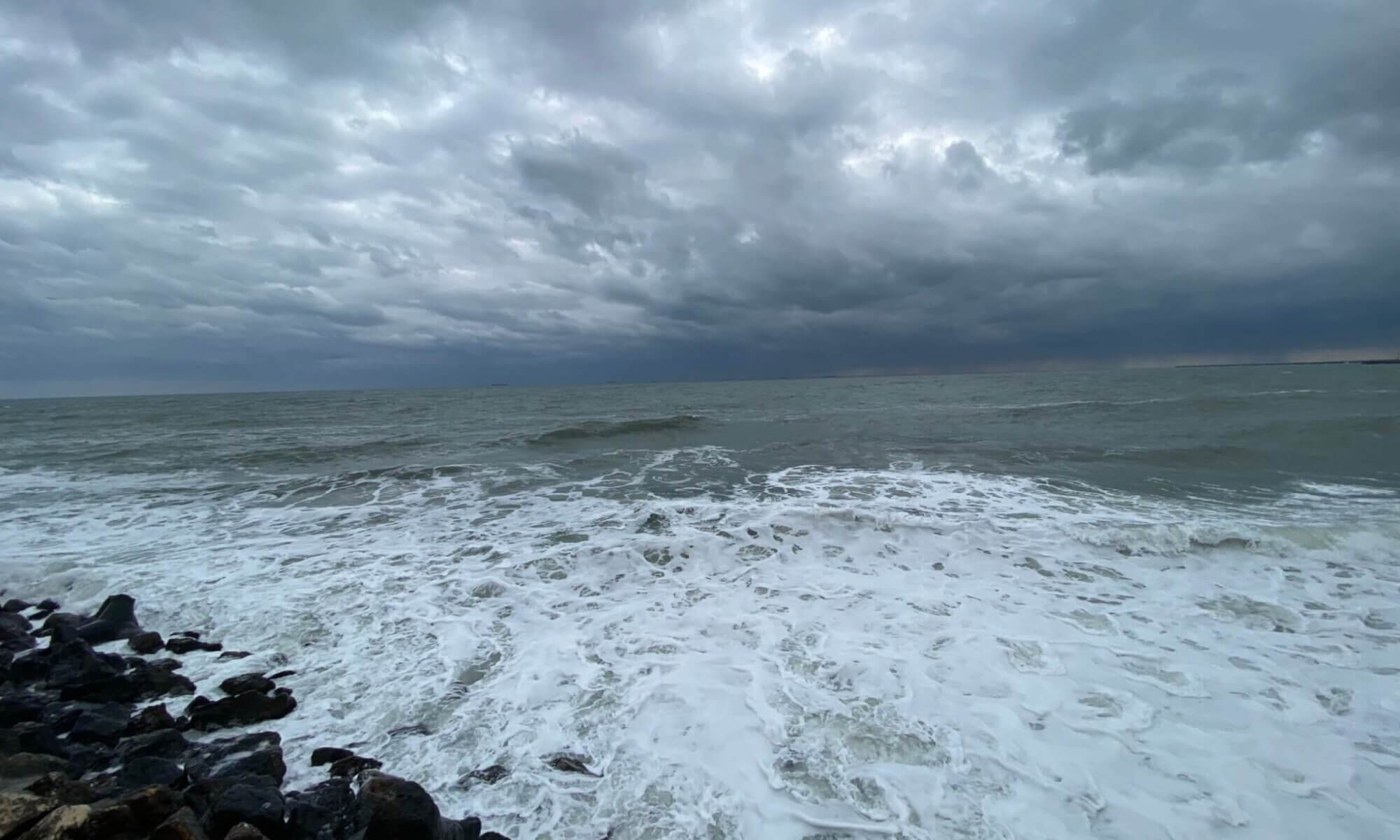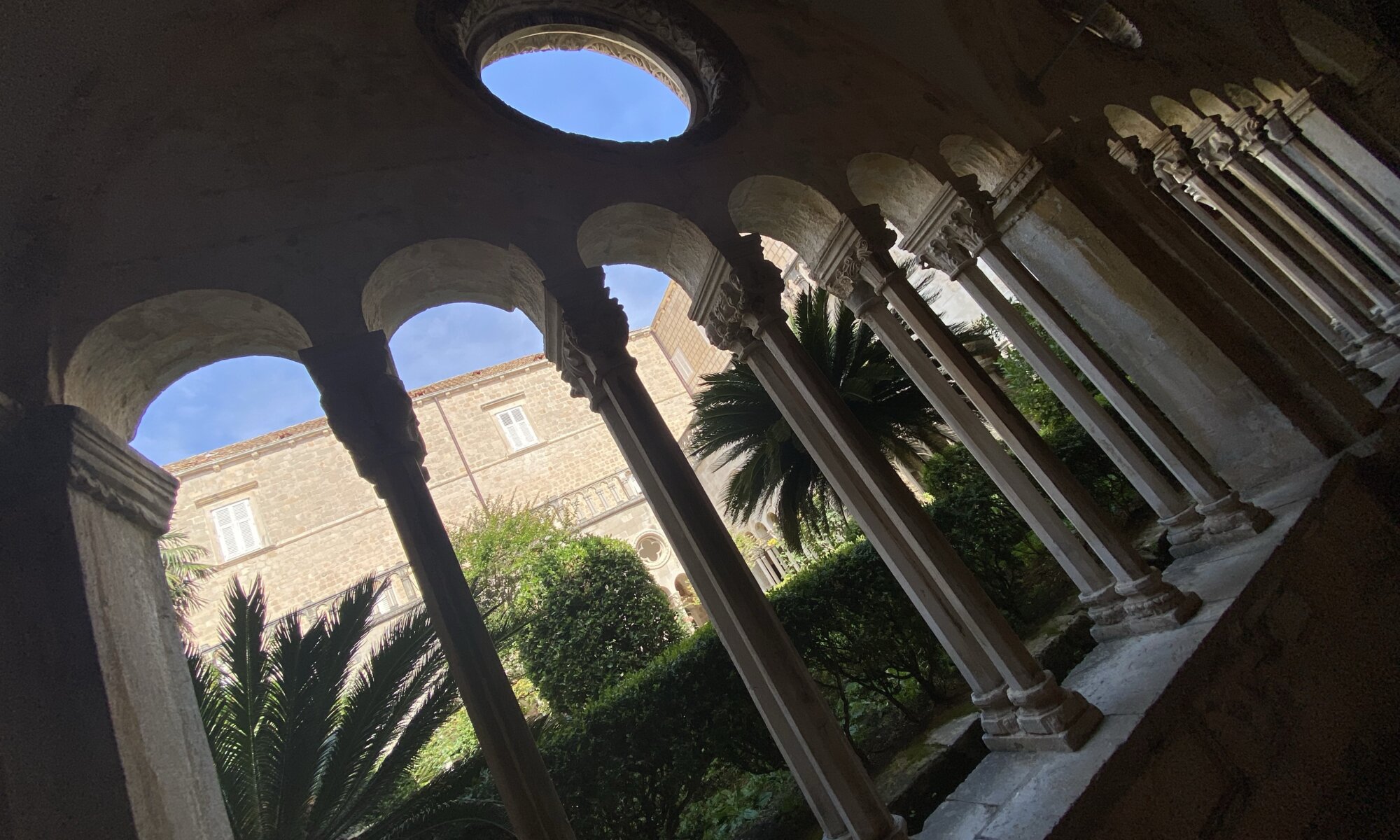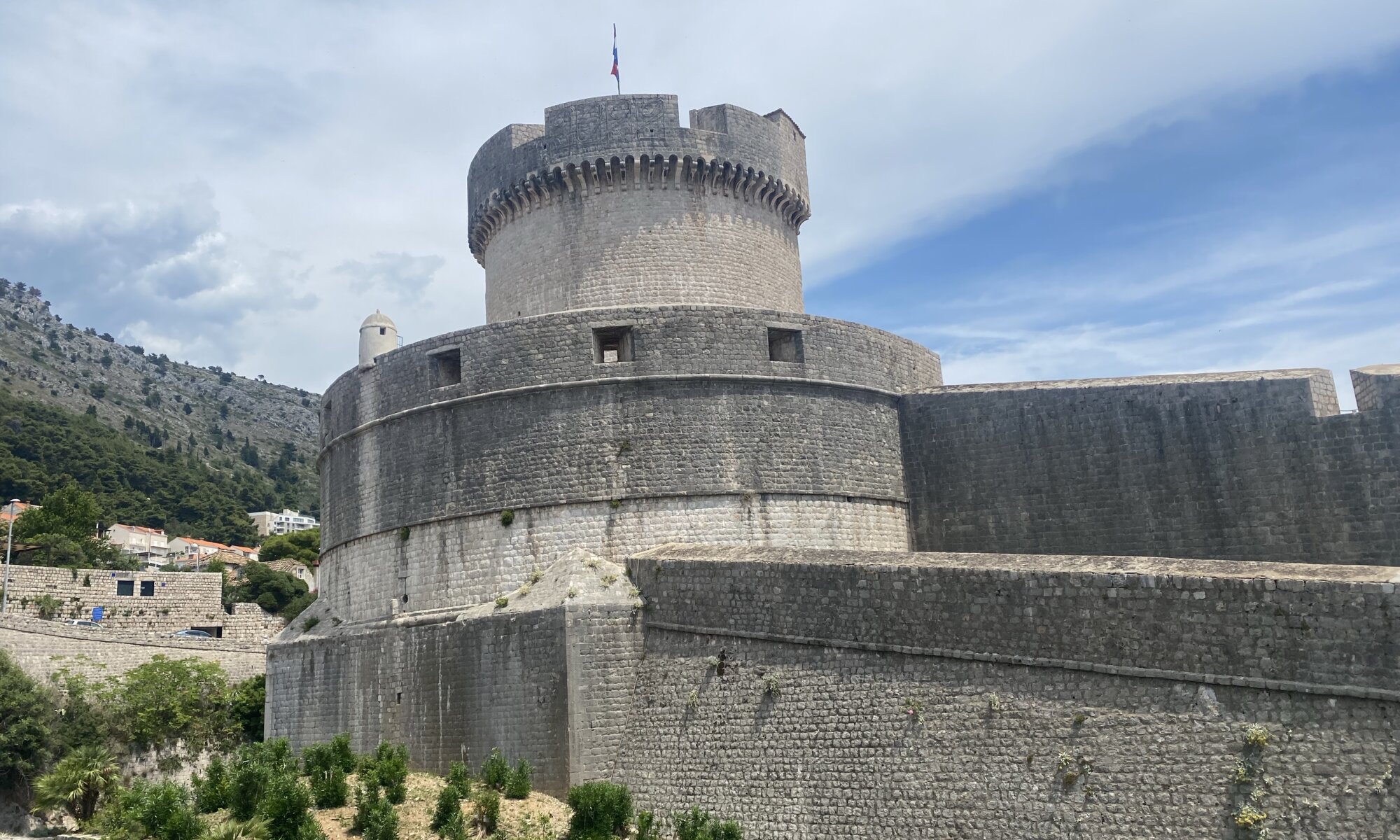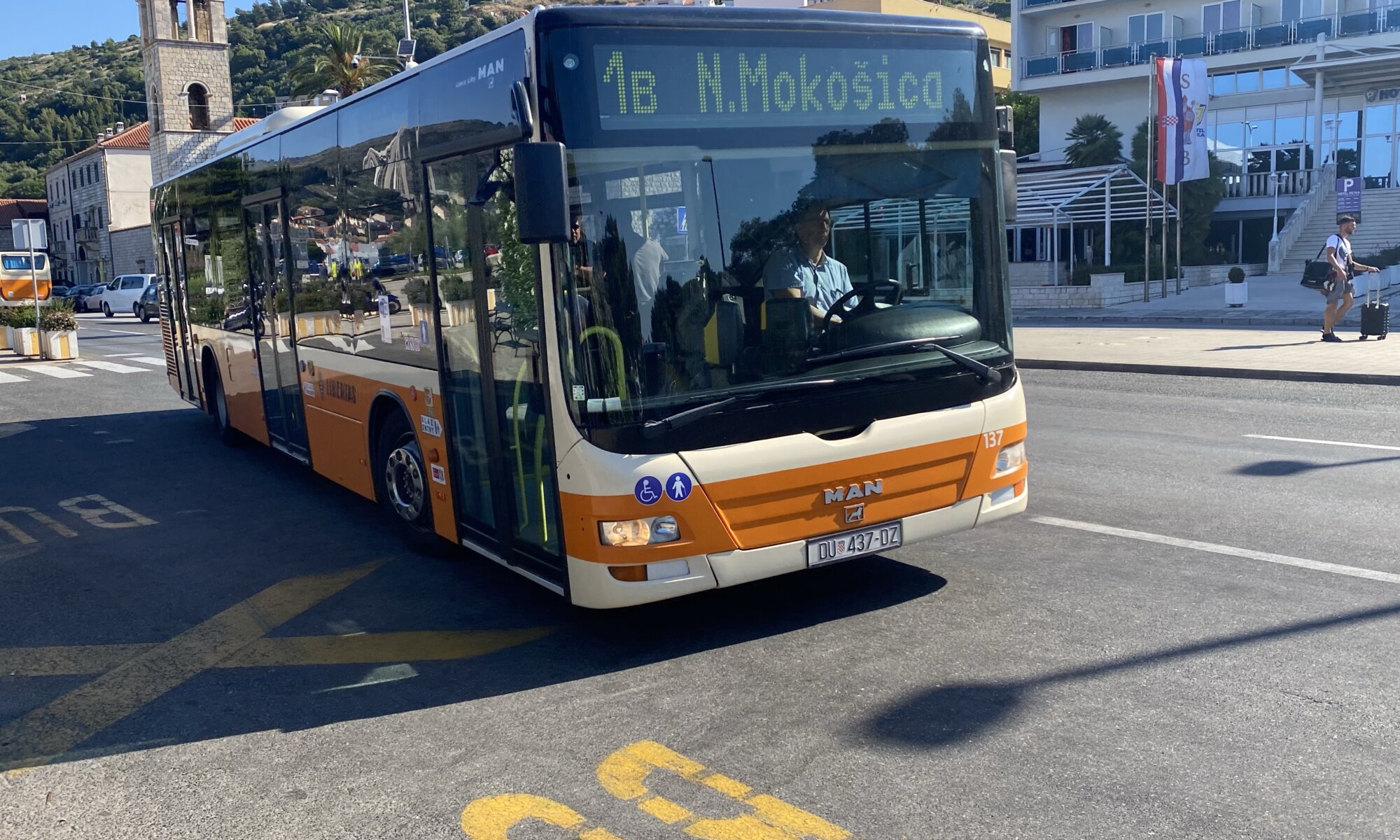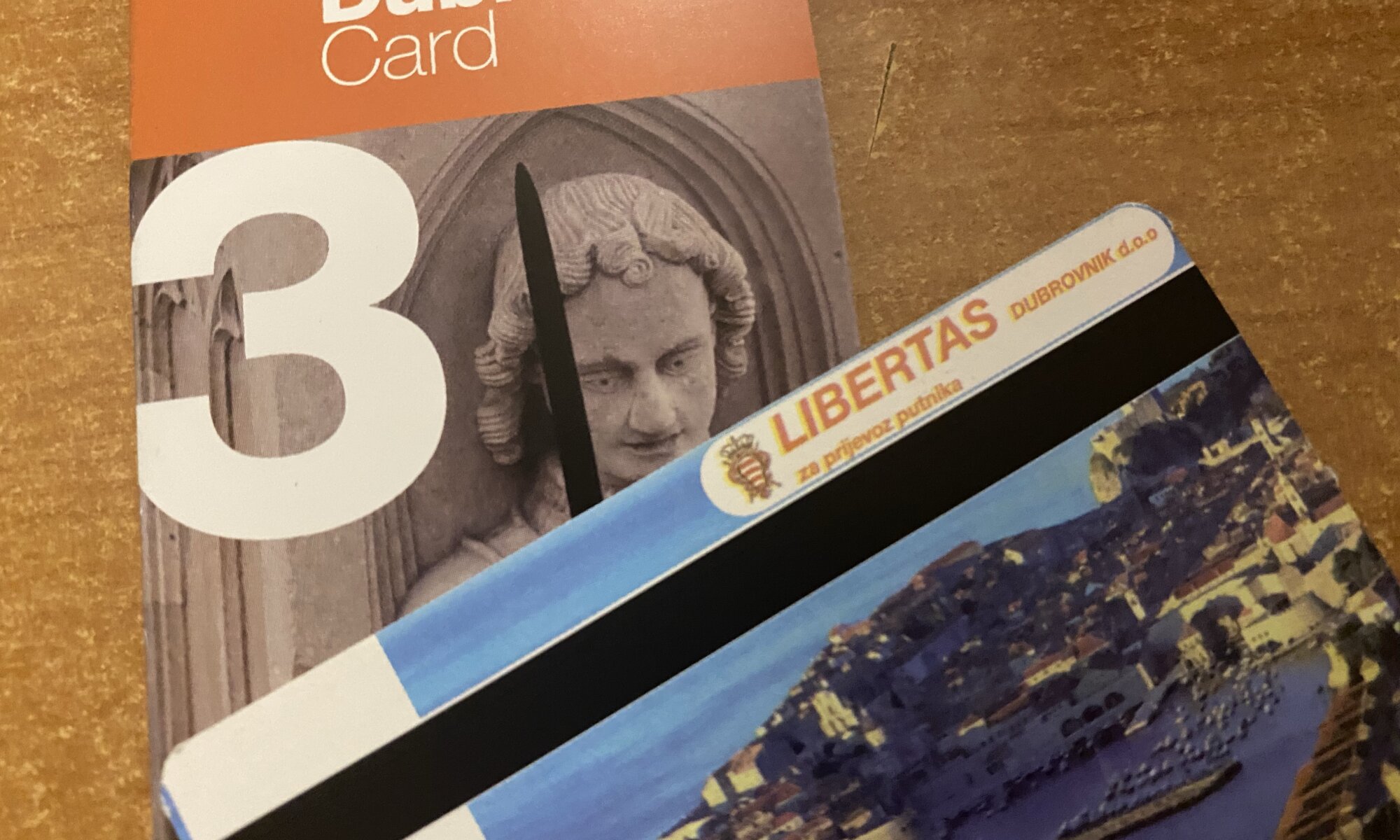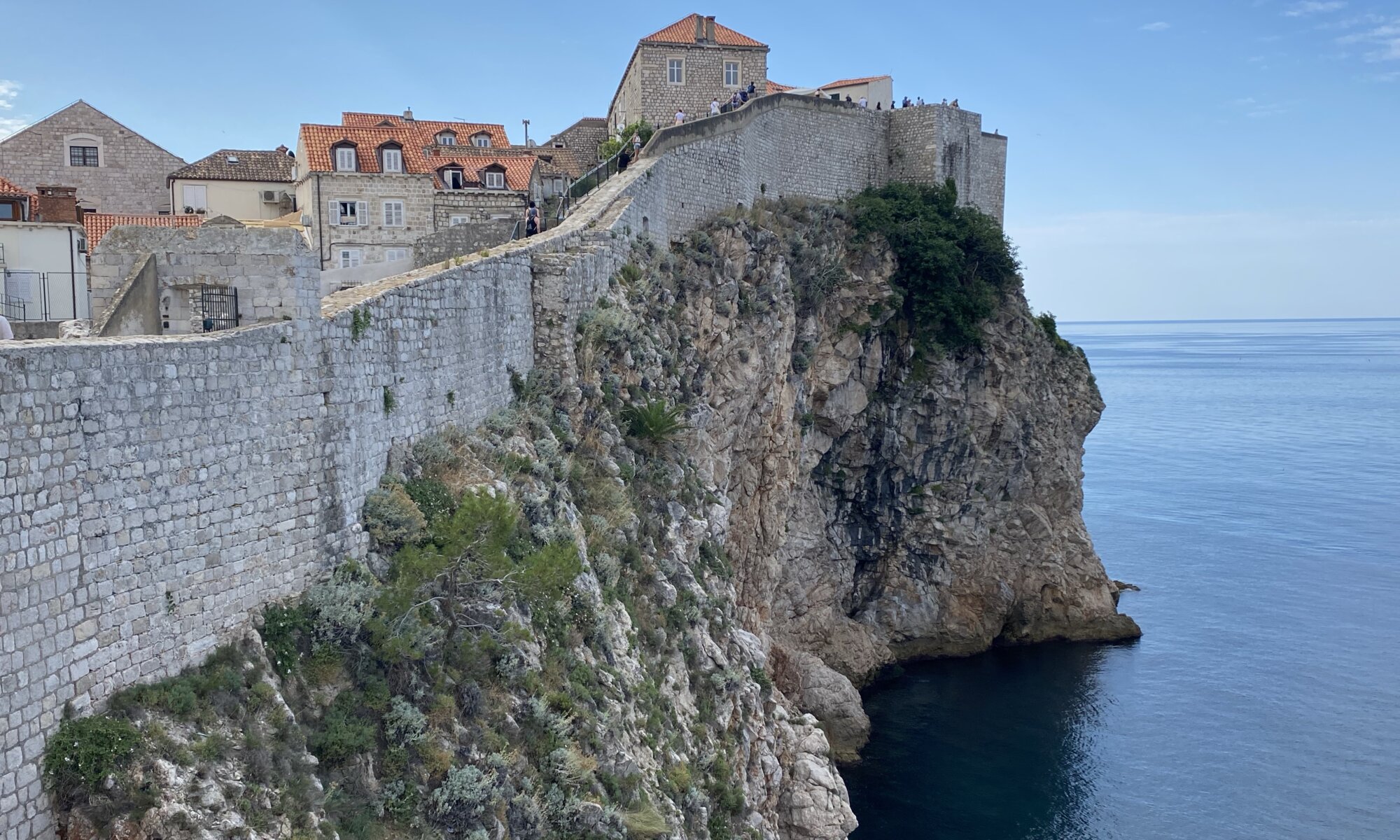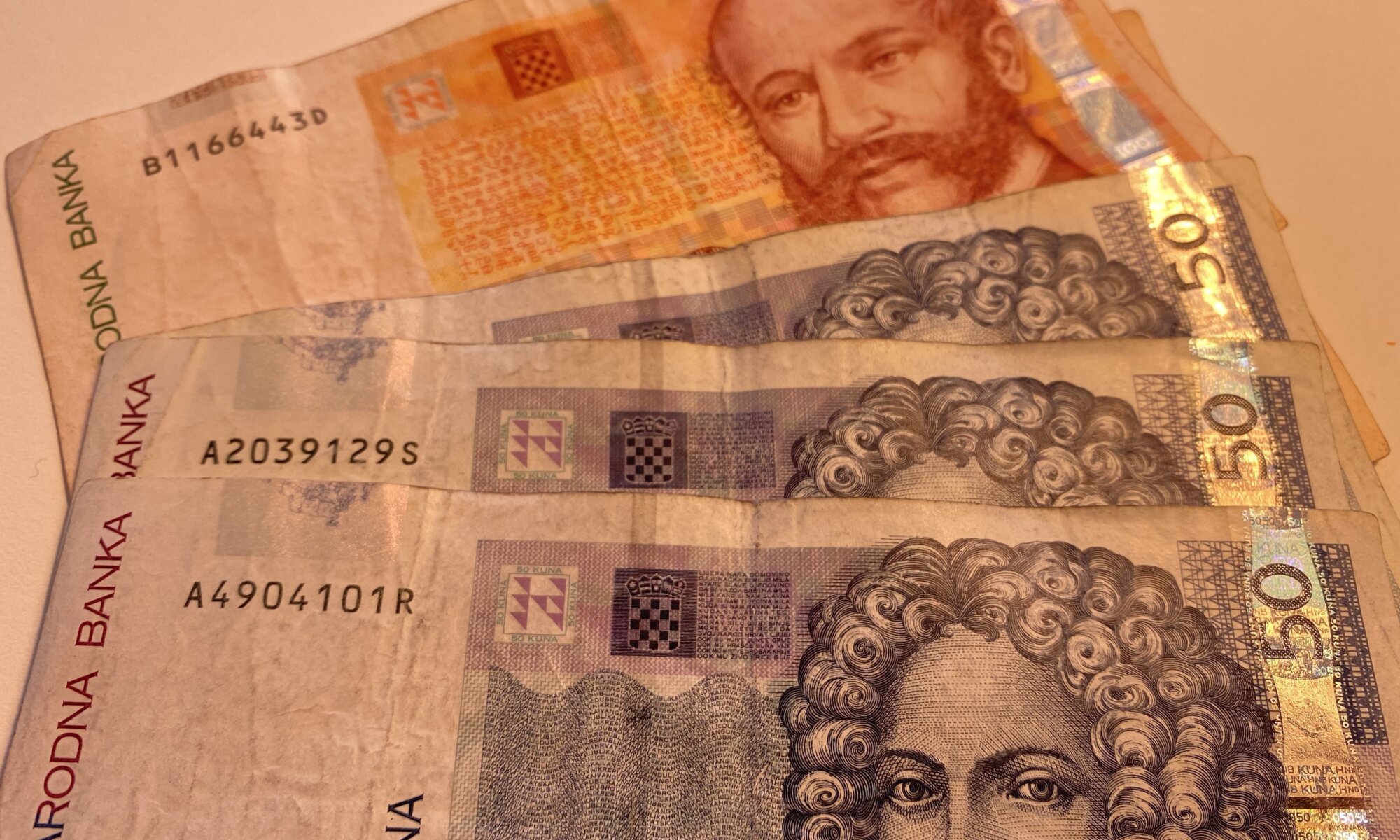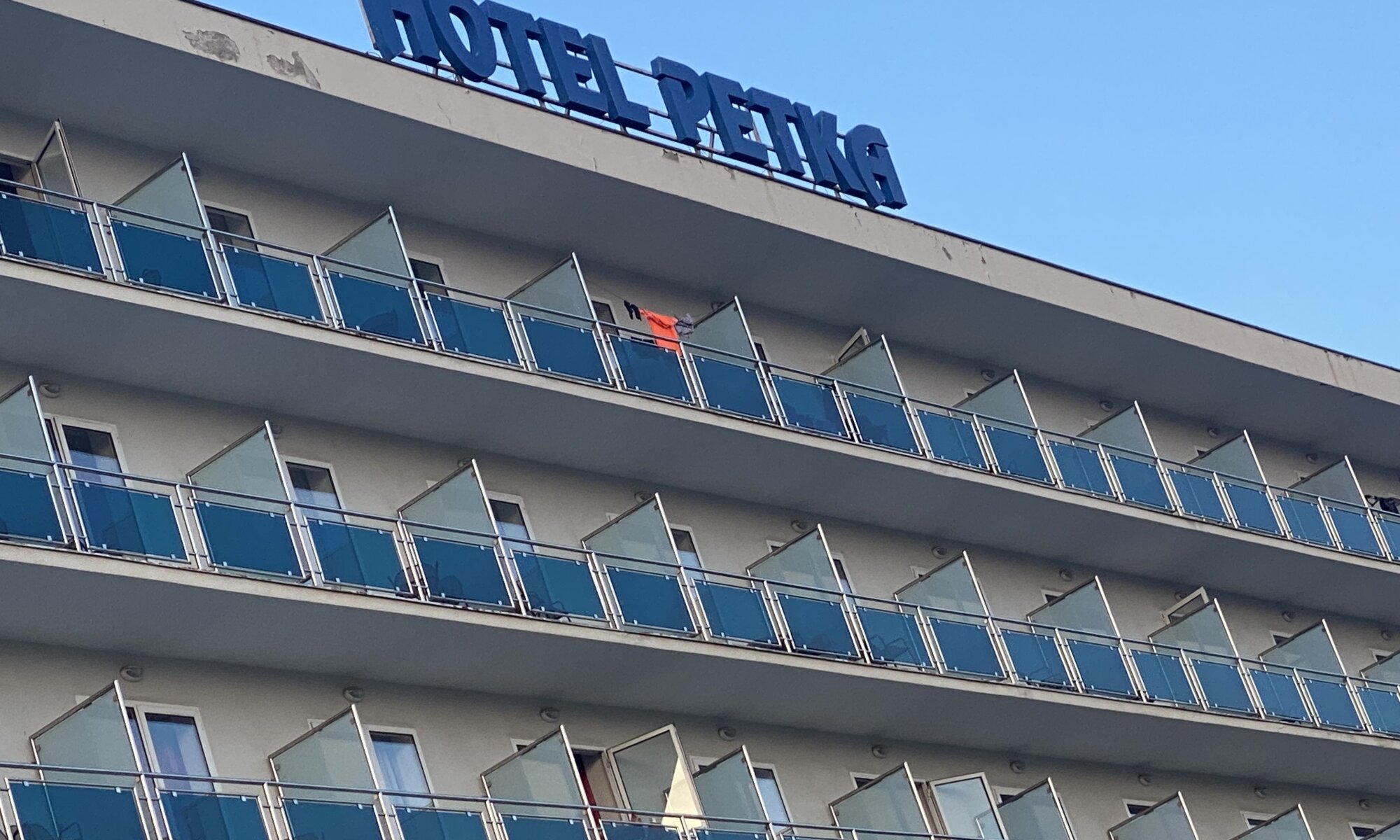Street life in Dubrovnik can be very hectic with lots of hustle and bustle created by the high amount of tourists moving through the city. If you need a break and a little bit of silence there are two beautiful cloisters in the city center: the cloister of the Dominican Order (close to the Ploče gate) and the one of the Franciscans (close to the Pile gate). Get a ticket and enjoy a moment of relaxation.
Continue reading “Silence”Kula Minčeta
The Minčeta tower is part of the city walls of Dubrovnik and one of the four fortresses protecting the city. It is the highest point of the city walls and offers amazing views on the ancient town. The impressive tower was built from 1319 on and was finished in 1464. The walls are six meters thick and unbeatable during the time when the tower was created and used. Using a staircase inside you can get to the top – for the best picture of the old town.
Continue reading “Kula Minčeta”How to play the game
Libertas (freedom), that is the motto of Dubrovnik and it is also the name of the company providing the local bus system. From 1910 to 1970 Dubrovnik also had a tramway system with orange tramways; the only thing that survived is the color which is now used for the buses. The network isn’t too large and therefore it is easy to hop around – especially as most routes stop at the city gates called Pile and Ploče (which give you direct access to the touristic highlights).
Continue reading “How to play the game”DubrovnikCard
Like in every city visited by many tourists there is also a tourist card for Dubrovnik. It is available in many hotels and also at the tourist offices. You can buy the DubrovnikCard or Dubrovnik Pass for one day, three days or a whole week and it is worth the money. The card is your entrance to the city walls, the Franciscan monastery, the Rector’s Palace and different museums like the maritime museum, the ethnographic museum, the small but good natural history museum and the great museum of modern art.
Continue reading “DubrovnikCard”Walking on walls
The highlight #1 of every visit to Dubrovnik is a walk on the ancient city walls. It was built from the 8th century on and was very helpful during the many times the city was besieged – may it be by the Saracen, the Republic of Venice, the Mongols or the Crusaders. The city walls are around two kilometers long and offer amazing views from all sides on the UNESCO world heritage site.
Continue reading “Walking on walls”Hakuna matata
Since 1994 the official currency of Croatia is the Kuna (divided into 100 Lipa). The name dates back to the time when the fur of martens had been used as a currency – the Croatian word for marten is kuna. So you’re paying with martens in Croatia. 😉 But that will all end in 2023 when the Euro becomes the currency of the country. Fortunately the marten will stay – it is shown on the Croatian Euro coins.
Continue reading “Hakuna matata”Hotel Petka
The hotel Petka at Dubrovnik is a special case: it is recommended in modern tourist guides, but looks rather old-fashioned. It is in the non-touristy harbor area but good for tourists, because it is close to the cruise boat harbor and the bus terminal. You can enjoy more normal Croatian life but you’ll always need to take a bus to get to the ancient city center.
Continue reading “Hotel Petka”